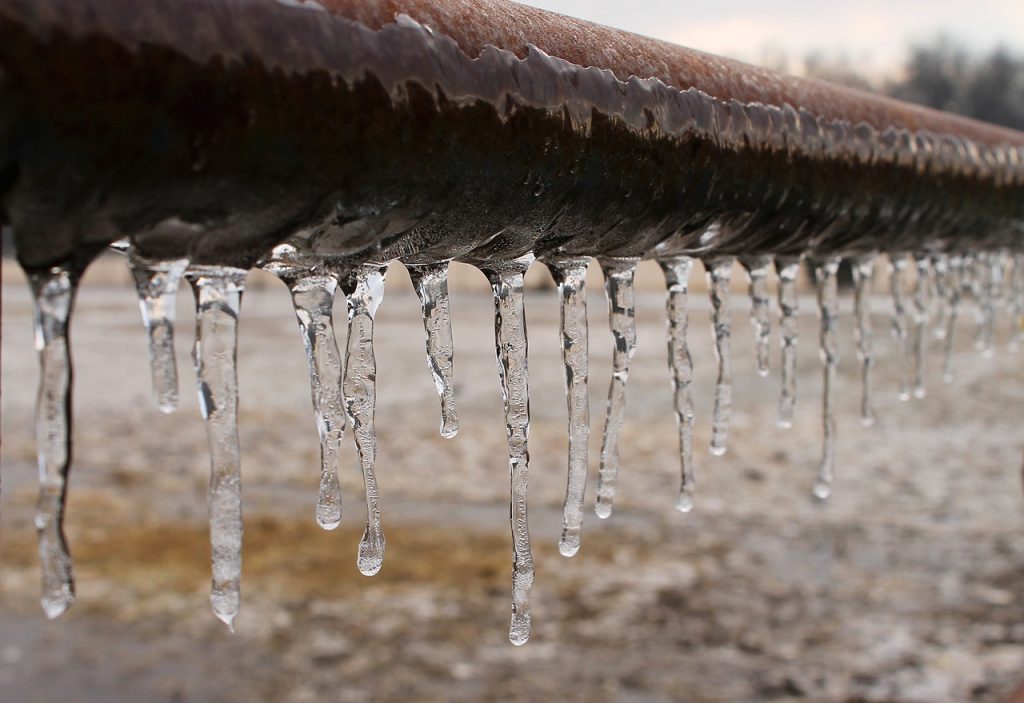
Outside of the cheap method of using pool noodles, outdoor pipe insulation is paramount to avoid frozen pipes. Those who live in cold climates need to check themselves each year. Below, we will address how to insulate outdoor water pipes.
Option One: Use Pipe-Wrap Insulation
Getting the proper pipe insulation starts with measuring your pipes. When you make a purchase, be sure that the width of the line is accounted for.
Pipe-wrap insulation is best for small line lengths, so don’t buy this if you have long chunks. You can also use them in places with numerous pipe bends.
To do this, you’ll need to tap both ends of your insulation and be sure that the pipe is completely covered. The wraps should be overlapping by less than an inch, completely covering the line.
If any parts of your pipe are exposed, your insulation will be ineffective. So be incredibly picky with its use.
Option Two: Use Heat Tape
Heat tape is another excellent option for small bits of pipe leading into the house. Given their unusual properties, they are more expensive than other pipe insulation options.
You install heat tape, much like pipe wrap, by wrapping the tape around the pipe. Unlike pipe wrap, you don’t have to be as picky about exposure, but you need to be sure that the wire is along all edges of the pipe.
The available instructions with heat tape typically request that the tape be right next to each other. Heat tape typically has an extension cord and doesn’t act as some battery.
Option Three: Foam Pipe Sleeves
Foam pipe sleeves are better if you need to cover long, straight sections of pipe. These sleeves are typically made of foam (like a pool noodle) or rubber and will require taping down in most cases.
Some of these sleeves are self-sealing, meaning they will stick and cover the pipe completely. Be sure you buy sleeves for the correct pipe diameter.
You will likely need a utility knife to bring the sleeves to shape. Buying pipe wrap in addition to these is great if you also need to insulate corners.
Other Products You Might Need
Outside of pipe sleeves, pipe wrap, and heat tape, you’ll most likely need knives to cut these down. Most pipe sleeves and wrap aren’t built to specific pipe lengths, as length changes depending on your home.
You will also likely need caulk rope (pipe caulk) to fill in the small gaps that are likely to appear. You won’t use this for heat tape, but the pipe sleeves and pipe wrap need caulk.
It is important to remember to seal all insulation projects or leave a small gap for heat to escape.
Wrap Up – Final Tips and Tricks
Additional equipment for tricky locations you can use includes space heaters and outdoor faucet covers. The most common mistake homeowners make with plumbing winterization is leaving their outdoor pipes exposed for indoor entry.
If you want a full inspection of your winterization efforts, contact our team of specialists today to be sure you won’t be paying for expensive emergency work.

